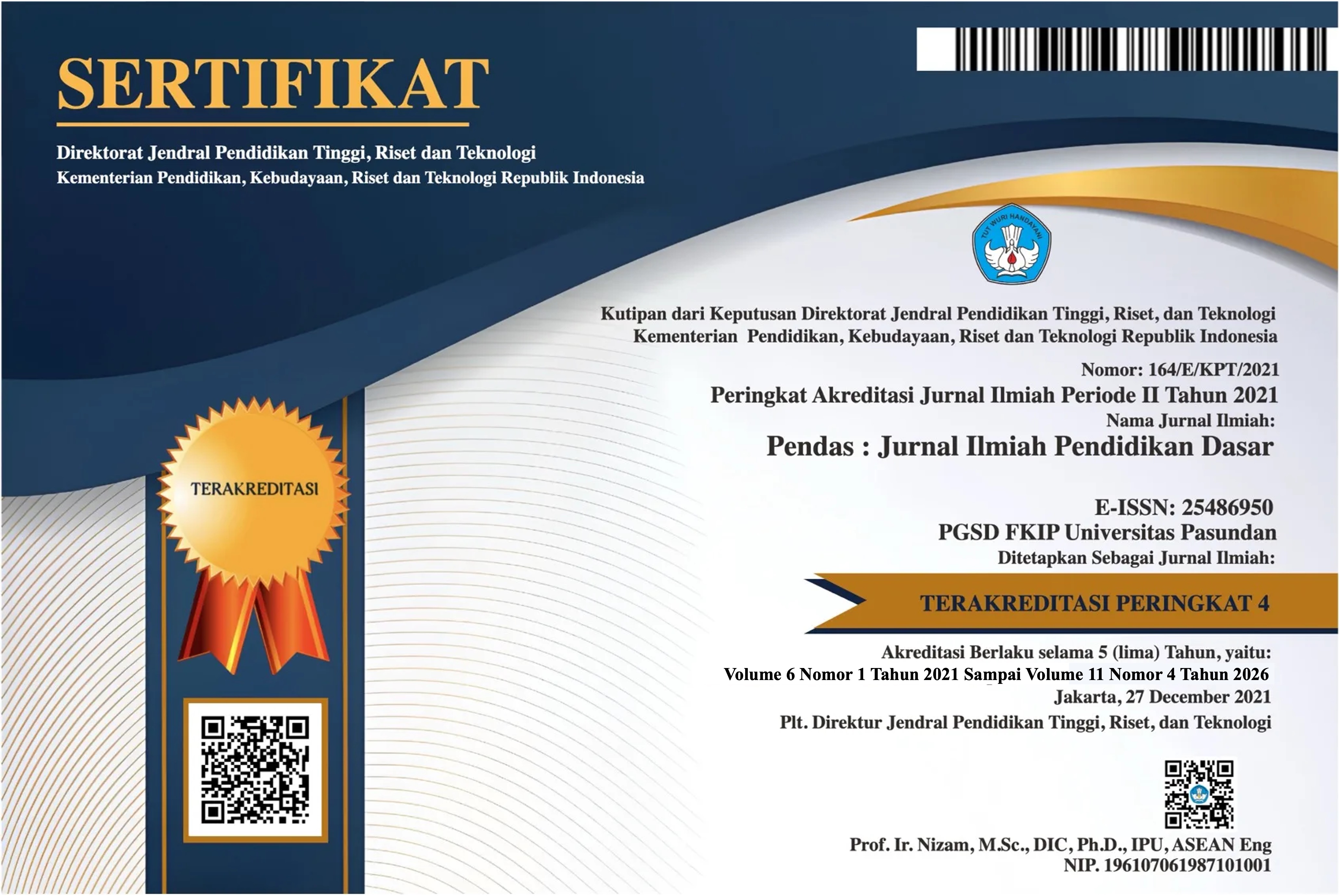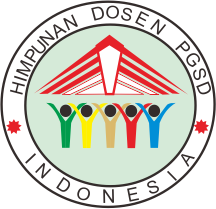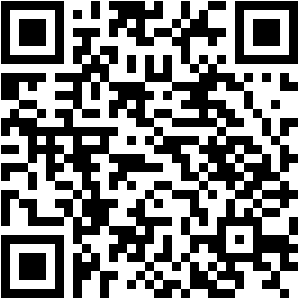POTRET MAD'U DI RUANG DIGITAL: INTEGRASI KARAKTERISTIK AUDIENS DAN OPTIMALISASI PLATFORM MEDIA SOSIAL
DOI:
https://doi.org/10.23969/jp.v10i04.36019Keywords:
Mad’u, Characteristics, Social MediaAbstract
The contemporary era is marked by a revolutionary shift in how individuals interact, search for, and process information, a phenomenon fundamentally reshaping the landscape of disseminating religious values and narratives. The methodology employed in this research is qualitative. The findings establish that the core strategy for optimizing digital dakwah (Islamic propagation) involves transitioning the mad'u (audience) from passive consumers to active contributors through the strategic leverage of interactive platform features. Specifically, the utilization of native tools like Q&A and polling serves as a real-time diagnostic mechanism for grasping audience concerns, while Utilizing Live Sessions and Real-Time Dialogues is vital for cultivating intimacy and trust. Furthermore, the User-Generated Content (UGC) Strategy is identified as the most effective form of viral marketing, empowering the audience to act as mini-propagators by replicating the message in their own voice and format. For this to succeed, da'i (preachers) must devise Structured and Ethical UGC Campaigns to ensure the message's exponential reach. This optimization model is further strengthened by Closed Community Features such as Telegram or Discord, which function as a "digital classroom" for deep retention and tarbiyah (Islamic education), thereby fostering a strong sense of belonging and long-term loyalty. Overall, through a systematic combination of interactivity, driven UGC, and fortified closed communities, this model guarantees that dakwah in the digital domain achieves broad coverage via invaluable algorithmic signals from UGC, all while maintaining robust communal roots necessary for sustainable social-personal transformation.
Downloads
References
khoiruzzaman, W. (2016). Urgensi Dakwah Media Cyber Berbasis Peace Journalism. Jurnal Ilmu Dakwah, 36(2). https://doi.org/10.21580/jid.v36.2.1775
Mahfud, C. (2014). Ideologi Media Islam Indonesia dalam Agenda Dakwah: antara Jurnalisme Profetik dan Jurnalisme Provokatif. Jurnal Dakwah, 15(1), 1–18. https://doi.org/10.14421/jd.2014.15101
Mahfudlah, F. (2015). ANALISIS USES AND GRATIFICATION DALAM MENENTUKAN STRATEGI DAKWAH Mahfudlah Fajrie. Jurnal Islamic Review, IV(1), 19–34.
Mahmuddin, M., & Kusnadi, K. (2021). Pemanfaatan Video Dalam Berdakwah (Studi Metode Dakwah Uas). Jurnal Dakwah Tabligh, 22(1). https://doi.org/10.24252/jdt.v22i1.18993
Maulana, I. I., Saefullah, C., & Sukayat, T. (2020). Dakwah di Media Sosial pada Channel Youtube Akhyar TV. Tabligh: Jurnal Komunikasi Dan Penyiaran Islam, 3(3), 258–274. https://doi.org/10.15575/tabligh.v3i3.675
Mudhofi, M., Adeni, A., & Karim, A. (2024). Implications of the Meeting of religion and new media for contemporary da’wah in Indonesia. Jurnal Ilmu Dakwah, 44(1), 201–216. https://doi.org/10.2158/jid.44.1.22433
Nugroho, A. R. B. P., & Nawawi. (2023). Construction of Religious Tolerance: Revitalizing The Prayer of Da’wah on Social Media. KOMUNIKA: Jurnal Dakwah Dan Komunikasi, 17(2), 265–280. https://doi.org/10.24090/komunika.v17i2.9220
Parhan, M., Zilallah, M., Subrata, G. O., Khari, A., & Subadri, S. M. N. (2023). Keefektifan Penyampaian Pesan Islam Melalui Trend (Pesantrend) Di Era Digital. Mawa Izh Jurnal Dakwah Dan Pengembangan Sosial Kemanusiaan, 14(1), 1–27. https://doi.org/10.32923/maw.v14i1.2769
Pujiantara, P. (2020). Dakwah Gus Miftah dalam Bingkai Media Daring. Kalijaga Journal of Communication, 2(2). https://doi.org/10.14421/kjc.22.04.2020
Rahmawati, Y., Hariyati, F., Abdullah, A. Z., & Nurmiarani, M. (2024). Gaya Komunikasi Dakwah Era Digital: Kajian Literatur. Concept: Journal of Social Humanities and Education, 3(1), 266–279. https://doi.org/10.55606/concept.v3i1.1081
Rohmah, N. N. (2020). Media Sosial Sebagai Media Alternatif Manfaat dan Pemuas Kebutuhan Informasi Masa Pandemik Global Covid 19. Al-I’lam: Jurnal Komunikasi Dan Penyiaran Islam, 4(1), 1–16.
Suparmo, L. (2017). Uses and Gratifications Theory dalam Media Sosial WA (WhatsApp). Communicology: Jurnal Ilmu Komunikasi, 5(2), 27–37. https://doi.org/10.21009/communicology.062.02
Syam, N. (2020). Paradigma dan Teori Ilmu Dakwah: Perspektif Sosiologis. Jurnal Ilmiah Syi’ar, 20(1), 1. https://doi.org/10.29300/syr.v20i1.2604
Trio Mashuri, A., Lubis, A. R., & Moefad, A. M. (2023). Construction of Religious Moderation at Nahdlatul Ulama Online Media in East Java. MUHARRIK: Jurnal Dakwah Dan Sosial, 6(1), 71–86. https://doi.org/10.37680/muharrik.v6i1.2814
Zahra, U. F., Sarbini, A., & Shodiqin, A. (2016). Media Sosial Instagram sebagai Media Dakwah. Tabligh: Jurnal Komunikasi Dan Penyiaran Islam, 1(2), 60–88. https://doi.org/10.15575/tabligh.v1i2.26
Zerkina, N., Lomakina, Y., Kisel, O., & Lazarou, E. (2019). Extend Centre’s Resources for Increasing General Digital Literacy. The International Scientific Conference ELearning and Software for Education.
Downloads
Published
Issue
Section
License
Copyright (c) 2025 Pendas : Jurnal Ilmiah Pendidikan Dasar

This work is licensed under a Creative Commons Attribution 4.0 International License.


















